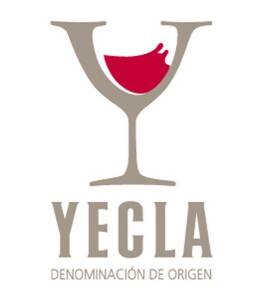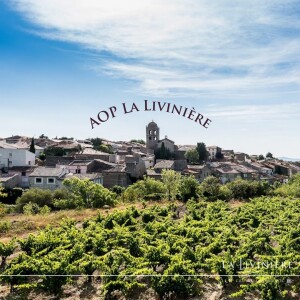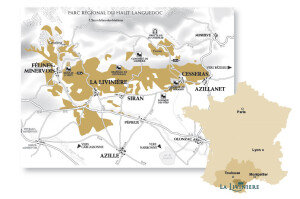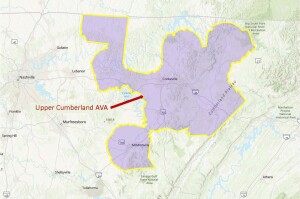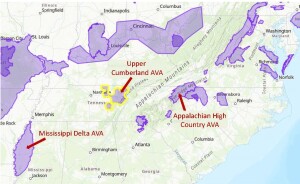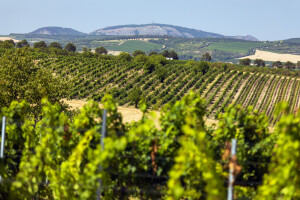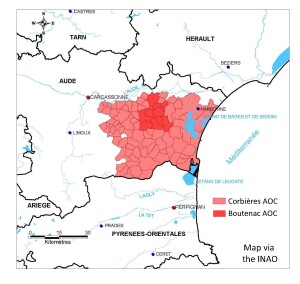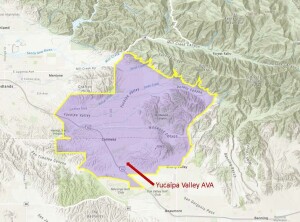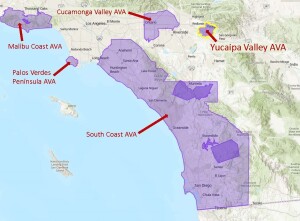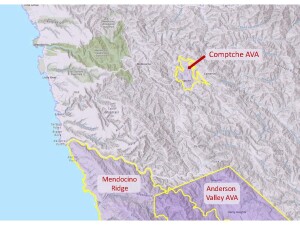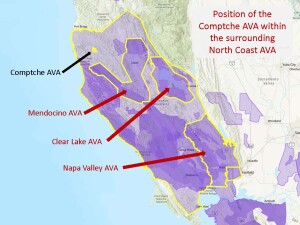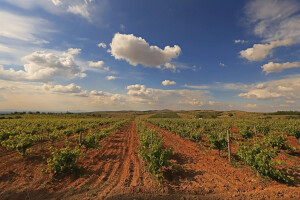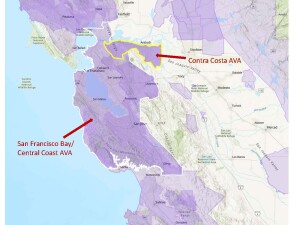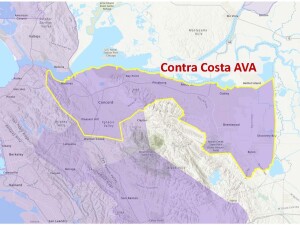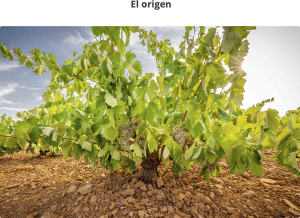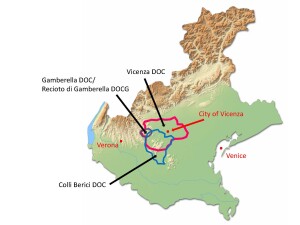 The Vicenza DOC—established in 2000—is located somewhat in the center of Italy’s Veneto Region. It surrounds the city of Vicenza and covers most of the surrounding Vicenza Province. The Vicenza DOC overlaps the Gamberella DOC/Recioto di Gamberella DOCG as well as a portion of the Colli Berici DOC.
The Vicenza DOC—established in 2000—is located somewhat in the center of Italy’s Veneto Region. It surrounds the city of Vicenza and covers most of the surrounding Vicenza Province. The Vicenza DOC overlaps the Gamberella DOC/Recioto di Gamberella DOCG as well as a portion of the Colli Berici DOC.
The Vicenza DOC stretches from Monti Berico—its highest point—in the northwest and extends across the flatter plains form by the Bacchiglione River. The finest vineyards in the appellation are considered the hillside vineyards in the north and west of the area.
The Vicenza DOC is approved for a long list of grape varieties and wine styles. These include red and white wines (in still, sparkling, frizzante, and passito styles) made from blends or varietals. The leading grape varieties of the include Pinot Grigio, Pinot Bianco, Chardonnay, Moscato, Garganega, Merlot, Cabernet Sauvignon, and Pinot Nero (Pinot Noir), among others.
- In addition to the previously approved wines, on as of July 2024, the EU as approved the following revisions to the wines allowed under the Vicenza DOC:
- Pinot Grigio Superiore DOC: A new product—Vicenza Pinot Grigio Superiore DOC—has been approved and will be required to contain a minimum of 11.5% abv.
- Rosato and Ramato approved: Vicenza Pinot Grigio will now be allowed to be produced via skin-contact and labeled as Pinot Grigio Rosato (rosé) and well as Pinot Grigio Ramato. In accordance with this change, the approved description of the color of Vicenza Pinot Grigio has been updated to read as follows: As implied by the change in name of the Vicenza Pinot Grigio type to Vicenza Pinot Grigio / Pinot Grigio Rosato / Pinot Grigio Ramato, the description of the color also changes, from “from straw yellow to golden yellow, sometimes with hints of pink”’ to “from straw yellow to golden yellow, pink or copper.”
We look forward to tasting Vicenza Pinot Grigio Ramato (or Rosato) in the near future!
Note: as is typical of appellation updates, this change has been approved by the local consortium, Italy’s National Wine Committee, and the EU. However, we have not yet seen an updated disciplinare uploaded to a public database. We have attached the proposal (which has been approved), below.
References/for more information:
- EU Journal-Vicenza-July 2024-English
- Website of the Colli Berici/Vincenza Consortium (in Italian)
- Vicenza DOC Disciplinare-proposed update 2024
Post authored by Jane A. Nickles…your blog administrator: jnickles@societyofwineeducators.org
